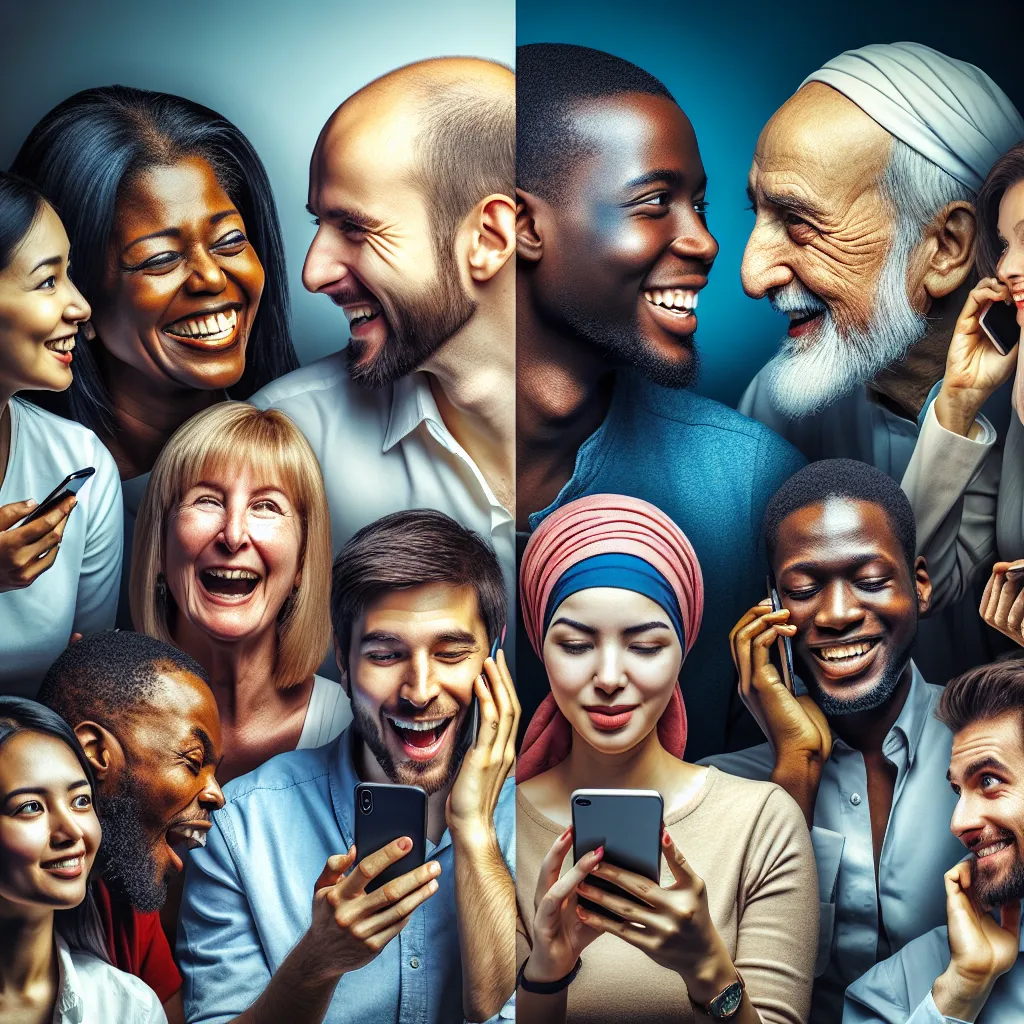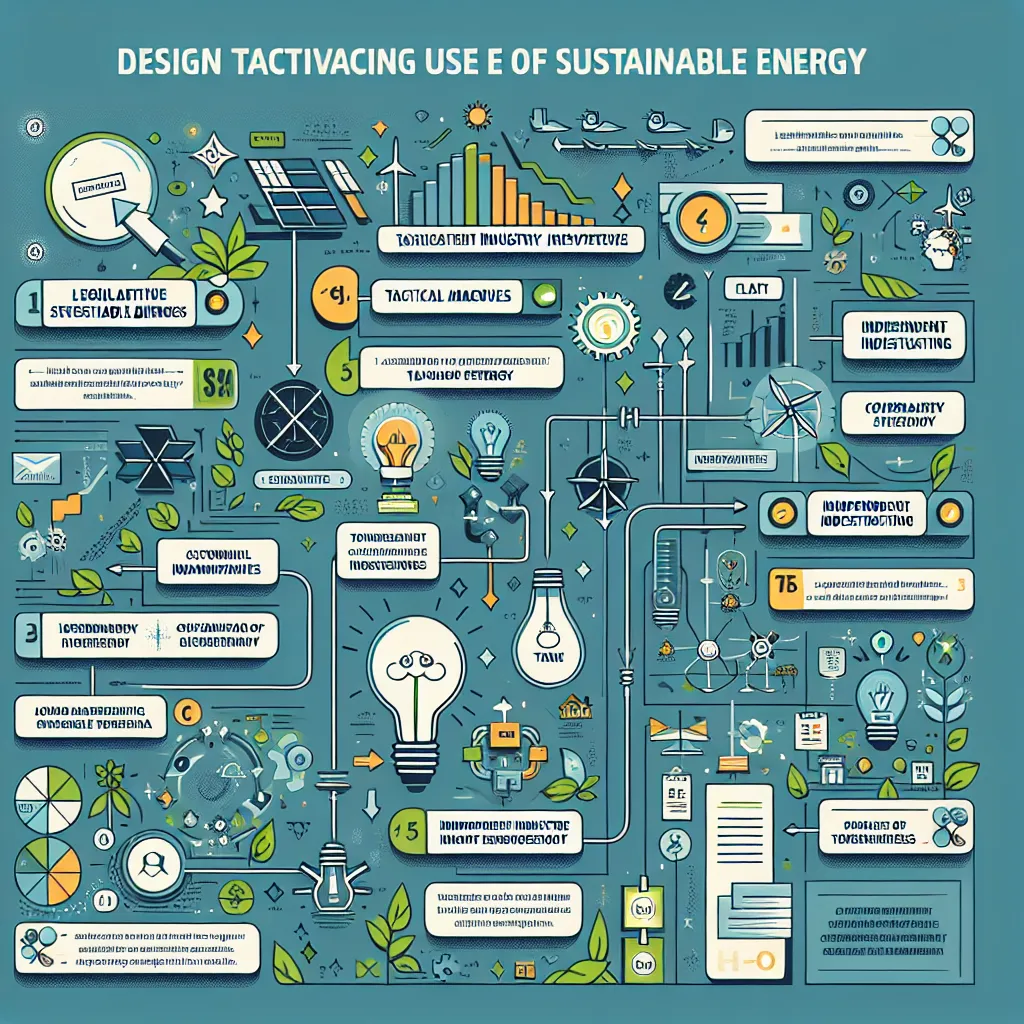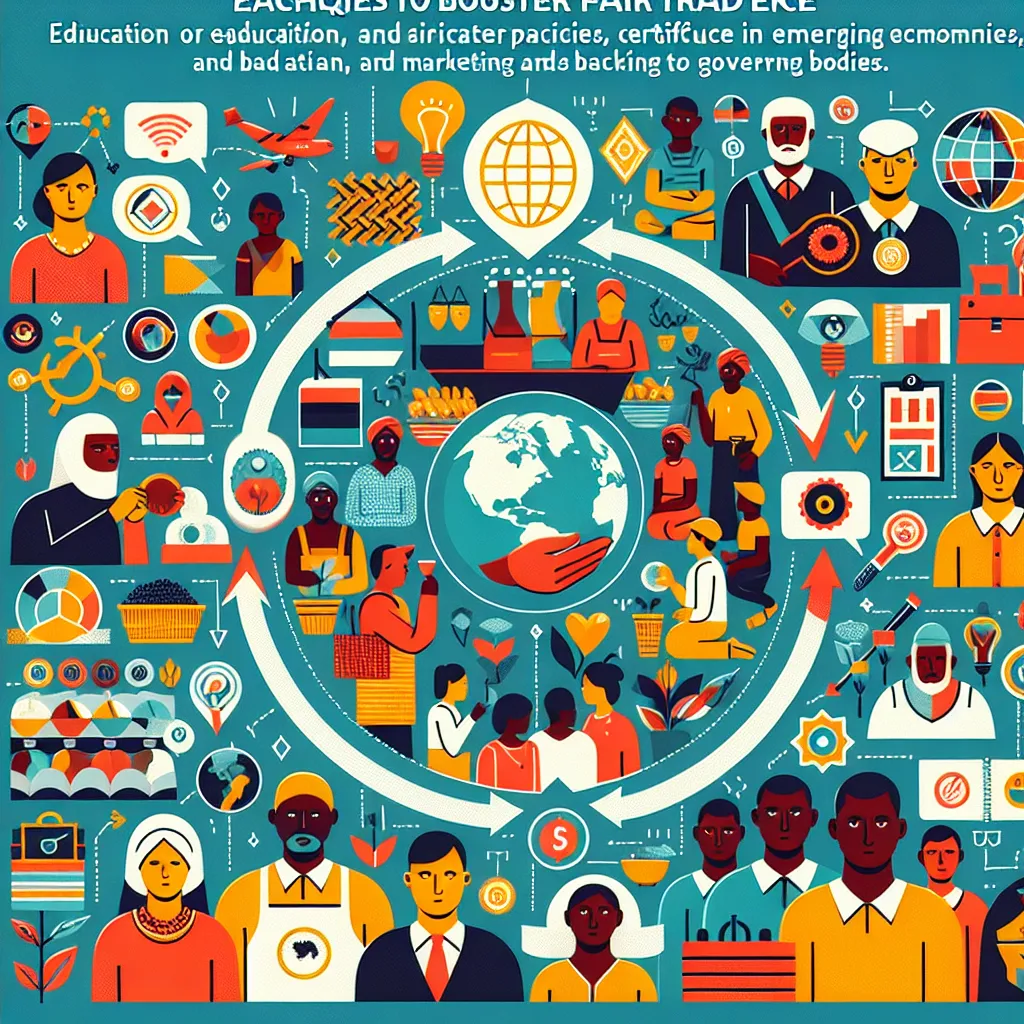As an IELTS Writing Task 2 expert, I’ve noticed that topics related to the impact of technology on social relationships have become increasingly prevalent in recent exams. This trend is likely to continue, given the rapid technological advancements and their profound effects on our daily interactions. Let’s explore this theme through a sample question and provide model essays to help you prepare effectively for your IELTS Writing Task 2.
Nội dung bài viết
Analyzing the Topic and Sample Question
After reviewing past IELTS exams and considering current societal trends, I’ve identified a question that closely resembles those you might encounter in your test:
Some people believe that technology has made communication between people less personal. Others disagree and say that technology has improved communication between people. Discuss both these views and give your own opinion.
This question is particularly relevant as it touches on a central debate in our digital age: how technology affects our interpersonal connections. Let’s break down the key elements of this question:
- It presents two contrasting views on technology’s impact on communication.
- It requires you to discuss both perspectives.
- You need to provide your own opinion on the matter.
Sample Essays
Band 8-9 Essay
In the digital age, the impact of technology on interpersonal communication has become a topic of heated debate. While some argue that technological advancements have depersonalized our interactions, others contend that these tools have enhanced our ability to connect with one another. In my opinion, while technology has indeed altered the nature of our communications, it has ultimately improved our capacity to maintain and nurture relationships.
Those who believe technology has made communication less personal often point to the reduction in face-to-face interactions. They argue that the prevalence of texting, social media, and video calls has led to a decrease in the quality of our conversations. For instance, the nuances of body language and tone of voice are often lost in text-based communications, potentially leading to misunderstandings. Moreover, the ease of digital communication may encourage people to avoid more meaningful, in-person encounters, potentially weakening their interpersonal skills over time.
On the other hand, proponents of technology’s positive impact on communication highlight its ability to bridge geographical gaps and facilitate instant connections. Social media platforms and messaging apps allow us to maintain relationships with friends and family across the globe, sharing moments and experiences in real-time. Video calling technologies have revolutionized long-distance relationships, enabling couples, families, and friends to see and hear each other despite being physically apart. Furthermore, these tools have made communication more accessible for individuals with certain disabilities, fostering inclusivity in social interactions.
In my view, while technology has undoubtedly changed the landscape of communication, its benefits outweigh the potential drawbacks. The key lies in how we utilize these tools. When used mindfully, technology can enhance our existing relationships and create opportunities for new connections that would have been impossible in the past. For example, online communities have allowed people with niche interests to find like-minded individuals worldwide, fostering friendships based on shared passions. Additionally, the convenience of digital communication often leads to more frequent check-ins with loved ones, potentially strengthening bonds over time.
In conclusion, while concerns about the depersonalization of communication in the digital age are valid, I believe that technology has ultimately improved our ability to connect with others. The challenge lies in striking a balance between digital and in-person interactions, leveraging technology to enhance rather than replace traditional forms of communication. As we continue to navigate this digital landscape, it is crucial to remain mindful of how we use these tools to ensure they enrich rather than diminish the quality of our relationships.
(Word count: 399)
Band 6-7 Essay
The impact of technology on communication is a topic that many people discuss today. Some think that technology has made our communication less personal, while others believe it has improved how we connect with each other. In my opinion, technology has both positive and negative effects on our communication, but overall, it has made it easier for us to stay in touch with others.
People who think technology has made communication less personal often talk about how we don’t meet face-to-face as much anymore. They say that texting and social media have replaced real conversations, and this can make our relationships less meaningful. For example, when we text, we can’t see the other person’s facial expressions or hear their tone of voice, which can lead to misunderstandings. Also, some people might spend too much time on their phones instead of talking to the people around them.
On the other hand, those who believe technology has improved communication point out how it helps us stay connected with people who are far away. With video calls and instant messaging, we can talk to our friends and family anytime, no matter where they are in the world. This is especially helpful for people who work or study in different countries. Social media also allows us to share our experiences and stay updated on our friends’ lives, even if we can’t see them in person often.
I think that technology has both good and bad effects on our communication, but overall, it has made it easier for us to maintain relationships. While it’s true that we might have fewer face-to-face conversations, technology allows us to stay in touch with more people than ever before. The key is to use technology wisely and not let it completely replace in-person interactions. We should try to find a balance between using technology to communicate and meeting people in real life.
In conclusion, technology has changed the way we communicate, but I believe it has generally improved our ability to connect with others. We should be aware of its potential drawbacks and use it in a way that enhances our relationships rather than replacing real-life interactions. As technology continues to develop, we need to adapt and learn how to use it effectively to maintain strong personal connections.
(Word count: 368)
 Impact of technology on social relationships
Impact of technology on social relationships
Key Points to Remember When Writing
When tackling this topic in your IELTS Writing Task 2 essay, keep the following points in mind:
-
Structure: Ensure your essay has a clear introduction, body paragraphs discussing both viewpoints, and a conclusion that summarizes your opinion.
-
Balance: Give equal attention to both perspectives before presenting your own view.
-
Examples: Use specific examples to support your arguments. For a Band 8-9 essay, these should be more detailed and sophisticated.
-
Vocabulary: Use a range of vocabulary related to technology and communication. Higher band scores require more advanced and precise language use.
-
Grammar: Employ a variety of sentence structures and tenses. For Band 8-9, use more complex structures accurately.
-
Coherence: Use linking words and phrases to ensure your essay flows logically from one point to the next.
Essential Vocabulary
Here are some key terms you should be familiar with when writing about this topic:
-
Interpersonal communication (noun) /ˌɪntəˈpɜːsənəl kəˌmjuːnɪˈkeɪʃən/: Exchange of information between two or more people.
-
Depersonalize (verb) /diːˈpɜːsənəlaɪz/: To make something less personal or individual.
-
Virtual interaction (noun) /ˈvɜːtʃuəl ˌɪntərˈækʃən/: Communication or social activity conducted online.
-
Social media (noun) /ˈsəʊʃəl ˈmiːdiə/: Websites and applications that enable users to create and share content or participate in social networking.
-
Digital literacy (noun) /ˈdɪdʒɪtl ˈlɪtərəsi/: The ability to use information and communication technologies effectively.
-
Face-to-face communication (noun) /feɪs tə feɪs kəˌmjuːnɪˈkeɪʃən/: Direct, in-person interaction between individuals.
-
Technological advancement (noun) /ˌteknəˈlɒdʒɪkl ədˈvɑːnsmənt/: Progress or improvement in technology.
-
Connectivity (noun) /ˌkɒnekˈtɪvəti/: The state of being connected or interconnected.
-
Digital divide (noun) /ˈdɪdʒɪtl dɪˈvaɪd/: The gap between those who have access to modern information technology and those who do not.
-
Online community (noun) /ˈɒnlaɪn kəˈmjuːnəti/: A group of people with common interests who interact primarily through the Internet.
Conclusion
The impact of technology on social relationships is a complex and evolving topic that is likely to remain relevant in IELTS Writing Task 2. As you prepare for your exam, consider practicing with similar questions, such as:
- How has social media affected the way people form and maintain friendships?
- Do you think technology has made it easier or harder for people to balance their work and personal lives?
- In what ways has technology changed family dynamics and communication within households?
Remember, the key to success in IELTS Writing Task 2 is practice. Try writing your own essay on this topic and share it in the comments section below. This active practice will help you refine your skills and gain valuable feedback. Good luck with your IELTS preparation!
For more insights on related topics, you might find these articles helpful:


